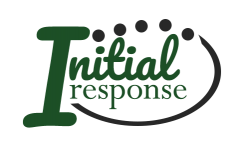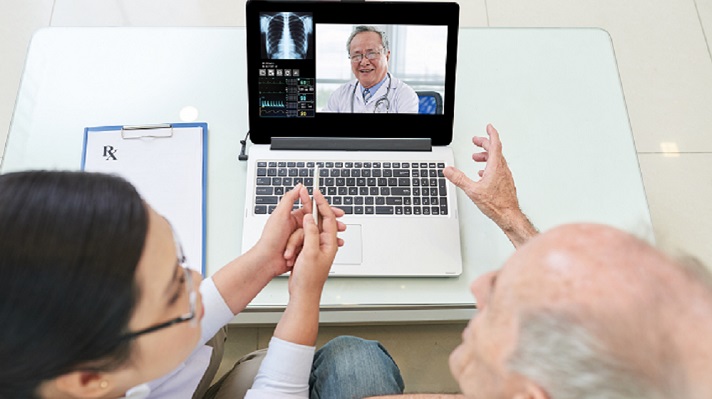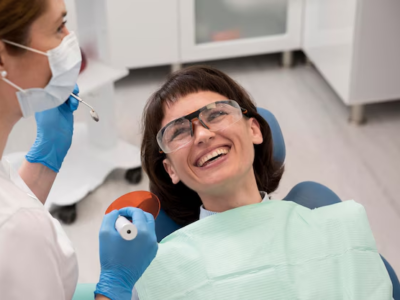Technology has revolutionized medical care. Telemedicine, a consultation carried out remotely with the support of smartphones, tablets or computers, is one of the allied models to control and combat covid-19, an infectious disease caused by the new coronavirus. If you want to know more about telemedicine then focus on our site https://reliefseeker.com/.
This isolation movement has boosted remote medical care, which limits contact with patients, unnecessary trips to the hospital, in addition to ensuring interaction between doctor and patient at any time.
Safety
One of the biggest advantages of telemedicine and remote reports is safety for those involved, be it doctor or patient. Avoiding unnecessary trips to the hospital, contact with other patients who may be infected or even hospital bacteria, are even more important precautions in times of epidemics. In addition, storing exams has become easier with the database, which can be accessed at any time by the responsible physician.
Agility and time optimization
The agility of the processes is linked to the possibility of sending and accessing reports and recipes more quickly and optimally. An electronic file, different from the paper version, can be accessed simultaneously by multiple users. In addition, time optimization involves remote consultations anywhere, anytime, wherever the patient is.
As a support tool in decision making for the patient, who needs help at the right time, whether it be medication or guiding the emergency to the hospital, seeking an online doctor is the best solution to avoid having to expose yourself to other unnecessary risks of a hospital environment, if not necessary.
Accessibility
For the consultation to occur it is necessary that both involved have an electronic device at their disposal, be it a cell phone or notebook. According to data from the GSMA, a data analysis company, 5.1 billion people worldwide use some type of mobile device.
The research is equivalent to 67% of the world population. In other words, electronic acquisition would only gain one more use, now with the possibility of carrying out medical consultations. In addition, another survey, released by the Associação Paulista de Medicina (APM), shows that 65% of doctors communicate with patients and their families via message networks after clinical hours, giving tips or even giving guidance. The data show that there is technological support and medical availability.
Resolutivity
With dedicated care at the right time, the patient has faster medical results and conclusions. This is because the doctor can count on the support of a team, who can analyze the results and reach a precise conclusion.
With technology, processes have evolved and, today, it is possible to optimize demands and avoid unnecessary patient shifts between different clinics and laboratories with the help of an effective and agile system of results.
Humanization
Despite the lack of direct contact, as in face-to-face consultations, the family doctor, a common specialty in remote care, is responsible for humanizing the entire process. Always with a preventive bias, encouraging actions to promote health and adopt behavioral changes that lead people to have a healthier life, the specialty views the patient’s health in an integral way, considering biological, psychological, social and family aspects.
That is, with a doctor who knows his report and general situation, it is possible to act in favor of the patient’s health and not only when the disease has already manifested itself.
What is a report?
To begin, let’s review some basic concepts: what a medical report is and how remote reports work.
The medical report is a formal document that transcribes the result of the medical exams performed, such as an ultrasound or electrocardiogram. In it, the doctor must point out the description of all the elements found in the examination record.
Observations can be normal results or changes, according to the standards stipulated by medical societies. The technical terms used are known to the medical profession and are used to form diagnostic hypotheses. The medical report provides valuable information for the investigation of the patient’s health condition and the formulation of diagnostic hypotheses.
How does a remote report work?
The exam is usually performed by a qualified nurse or technician. The equipment used generates a digital file, which can contain images, such as X-rays, or graphics, such as the electrocardiogram. The professional who performed the exam adjusts the settings of the digital file (such as size and brightness), without affecting the quality of the collected data.
The exam information is automatically sent to the telemedicine center, which has a team of specialists in various medical areas. The specialized team has access to this document to interpret the information and generate a report. He is then sent back to the clinic that performed the exam.
The reports will assist the doctor who is in contact with the patient to generate a diagnosis, or a medical certificate that the employee is able or not to work, in cases of occupational medicine. Depending on the company that performs the service, the reports can be ready in less than 24 hours, facilitating diagnosis in urgent cases.













Comments